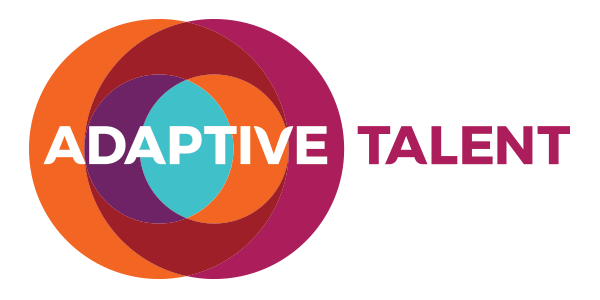No one intentionally gives birth to inefficiency, but it quickly happens when people do not actively adapt the mechanisms of the organization as things change. We’ve all had this happen to us: the one time report that takes forever to compile manually that suddenly needs to happen every month without automation assistance; etc. One day you realize you’ve slowed down, your impact has lessened, but you’re unclear how to change. These inefficiencies tend to create emergencies which further hamper your ability to focus on the most important issues.
Today’s world demands that everyone on your team be able to dedicate the majority of their energy towards creating value. The problem is that many organizations simply do not systematically address improving efficiency and productivity and as a result you fall further behind your competitors. Why? Each year you most likely give merit increases to your employees, inflation creeps up, and your competitors automate and engineer more efficient and desirable ways to do things. All of those things impact your relative productivity and, therefore, value in the eyes of investors.
Remember the three roles from my last post (value creators, value protectors, and required)? Every role, or job, has elements of them and the key is to help your employees maximize the time they spend creating or protecting value.
Here are three easy steps to make your employees more productive and happier:
- Start with a group within your organization that seems to be either frustrated, struggling to scale, or is going to be asked to do more in the future. They will have a motivation to rethink their function and their roles for maximum impact. Once they have success, another group will want to volunteer.
- Help them understand the big picture of your organization: strategies, key objectives, their role in achieving them, etc. The group might find the concept of polarities really interesting and you could help them identify the most relevant ones. Discuss what you’ll need differently from them going forward, and do it in a really positive, supportive way. If people think this is a way for you to eliminate their jobs it won’t work. If they believe you’re going to help them make a bigger impact on the team and enrich their jobs, you’ll have willing participants. If the trust isn’t there, aim for something smaller and build trust over time before trying this exercise.
- Have the group reflect on the big picture items, goals, and then rethink its main contributions to the organization and how to start / stop / refine processes or deliverables for most impact to the organization (as defined in #2). This involves employees analyzing how they spend their time, what their true role should be, and creating a project plan for putting these ideas into practice.
Adaptive Talent’s culture and organizational development consultants can assist you and your team with this exercise. It’s an efficient, fun, and effective team building experience.

